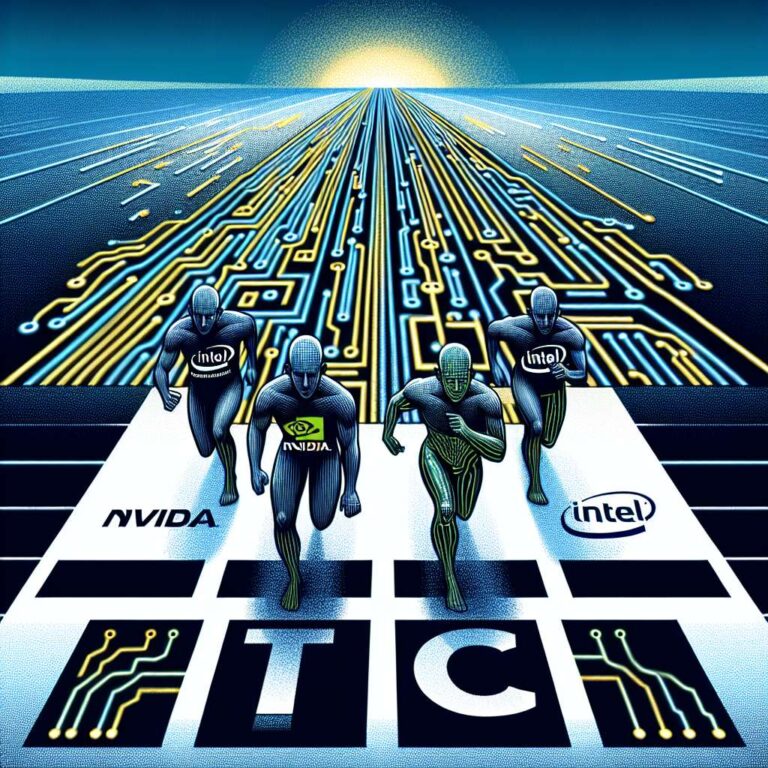Semiconductor stocks are back in focus as demand for Artificial Intelligence, cloud computing and advanced data centers accelerates. Nvidia, AMD and Intel sit at the center of this cycle, shaping both technology roadmaps and investor sentiment. Nvidia continues to dominate Artificial Intelligence accelerators, AMD is pressing its challenge with the MI300 series, and Intel is working to reassert itself through new partnerships and investment activity. The sector’s role has expanded beyond supplying hardware to steering large-scale capital allocation in computing infrastructure.
The market backdrop is supportive but volatile. Industry research cited in the article suggests Artificial Intelligence-related sales could approach 400 billion dollars by 2028, highlighting the scale of spending on high-performance computing and accelerators. At the same time, interest rate policy influences risk appetite for growth stocks, making chip names sensitive to macro shifts. Export restrictions on advanced chips to China and efforts to localize manufacturing in the United States and Europe add strategic complexity, as companies balance demand in key markets with policy constraints and capacity buildouts.
Nvidia remains the bellwether. Recent quarterly revenue more than tripled year over year, with data center sales leading and underscoring its role as the backbone of Artificial Intelligence computing. Shares are testing resistance near 184 dollars, and market capitalization has topped 2.5 trillion dollars, reinforcing optimism while raising sensitivity to any demand or earnings hiccups. Nvidia has also announced a multi billion dollar investment in OpenAI, a move that could support long-term accelerator demand. Key risks include tighter export controls, intensifying competition from AMD and potentially Intel, and a premium valuation that leaves limited margin for disappointment.
AMD and Intel are advancing credible alternatives. AMD’s MI300 lineup targets both training and inference, with some projections in the article pointing to revenue surpassing 46 billion dollars by 2028. Its stock has been consolidating between 150 and 165 dollars as investors wait for clearer signals, while reliance on Taiwan Semiconductor Manufacturing Company provides scale advantages alongside supply-chain exposure. Intel, after years of share losses, is leaning on new partnerships. Nvidia announced an investment in Intel as the two plan to build Artificial Intelligence infrastructure and next-generation personal computing products, a development that lifted Intel’s stock. Execution remains a core risk given Intel’s recent delays and competitive setbacks.
Looking ahead, the base case assumes steady demand for accelerators and server chips, allowing Nvidia to sustain momentum while AMD and Intel expand their presence. A stronger adoption cycle for Artificial Intelligence could accelerate gains and shift market share, while a weaker economy, tighter regulation or product delays could undercut valuations. Investors will be watching earnings guidance, trade policy and capital spending from large cloud providers to gauge whether the current pace can hold or if a reset is coming.

